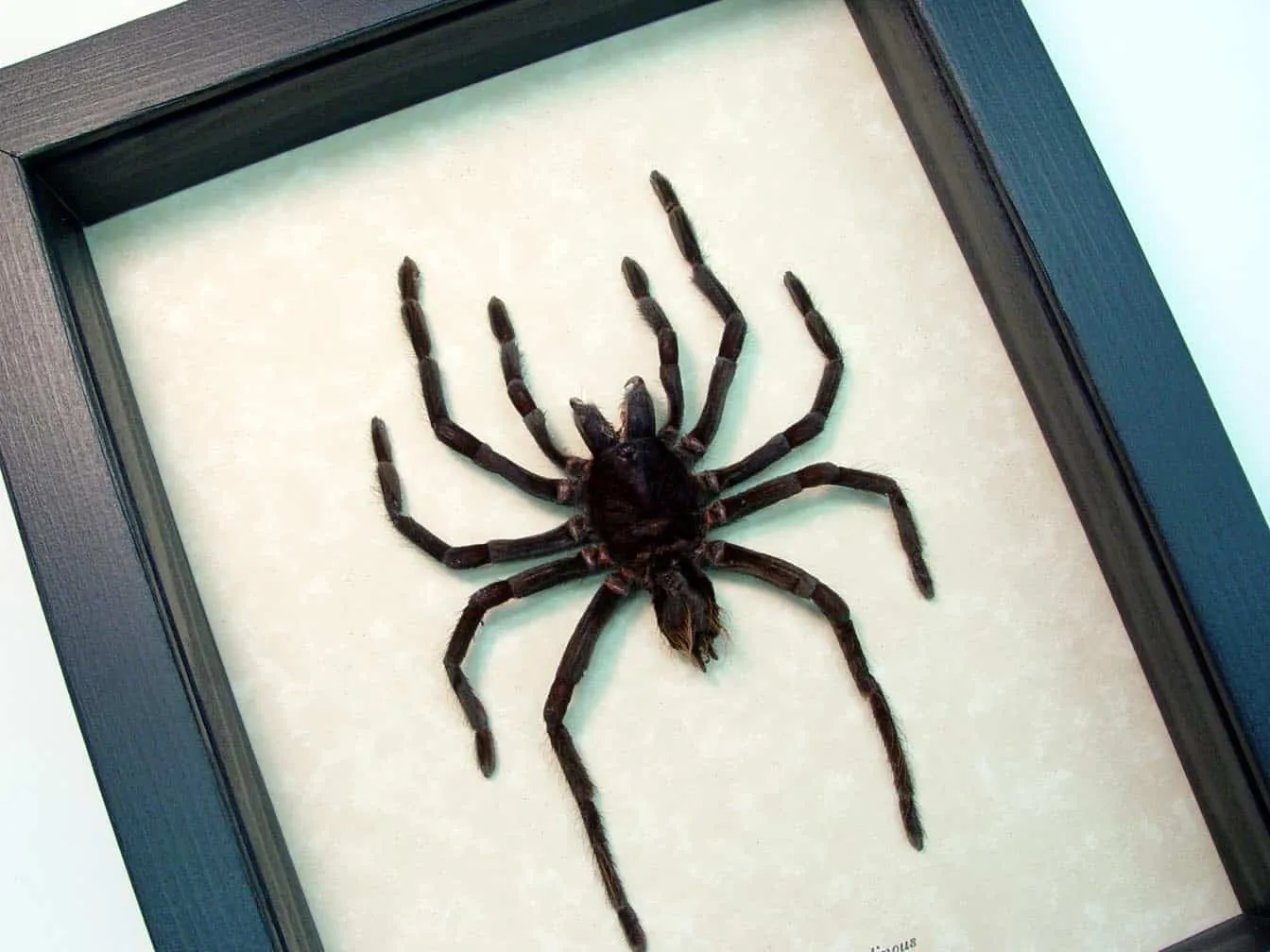What Do Tarantulas Eat Overview
Tarantulas, fascinating creatures of the arachnid world, are obligate carnivores, meaning their diet consists solely of meat. Understanding what tarantulas eat is crucial for their health and well-being in captivity. A well-balanced diet ensures they receive the necessary nutrients for growth, molting, and overall vitality. This guide explores the top 5 foods tarantulas enjoy, offering insights into their nutritional value, feeding guidelines, and important considerations for responsible tarantula ownership. Providing the correct diet not only sustains their life but also contributes to the vibrant colors and behaviors observed in these captivating spiders. The proper diet of a tarantula mimics its natural environment, promoting a longer and healthier life.
Crickets
Crickets are a staple food for tarantulas and a readily available source of protein. They are easy to obtain from most pet stores and are generally well-accepted by tarantulas. Crickets offer a balanced nutritional profile and are an excellent option for most tarantula species. The ease of access and simple handling makes them a popular choice for tarantula keepers of all experience levels. Always choose crickets that are of appropriate size for your tarantula to avoid potential injury or stress. Crickets provide an essential source of dietary fiber, important for the tarantula’s digestive processes.
Nutritional Value of Crickets
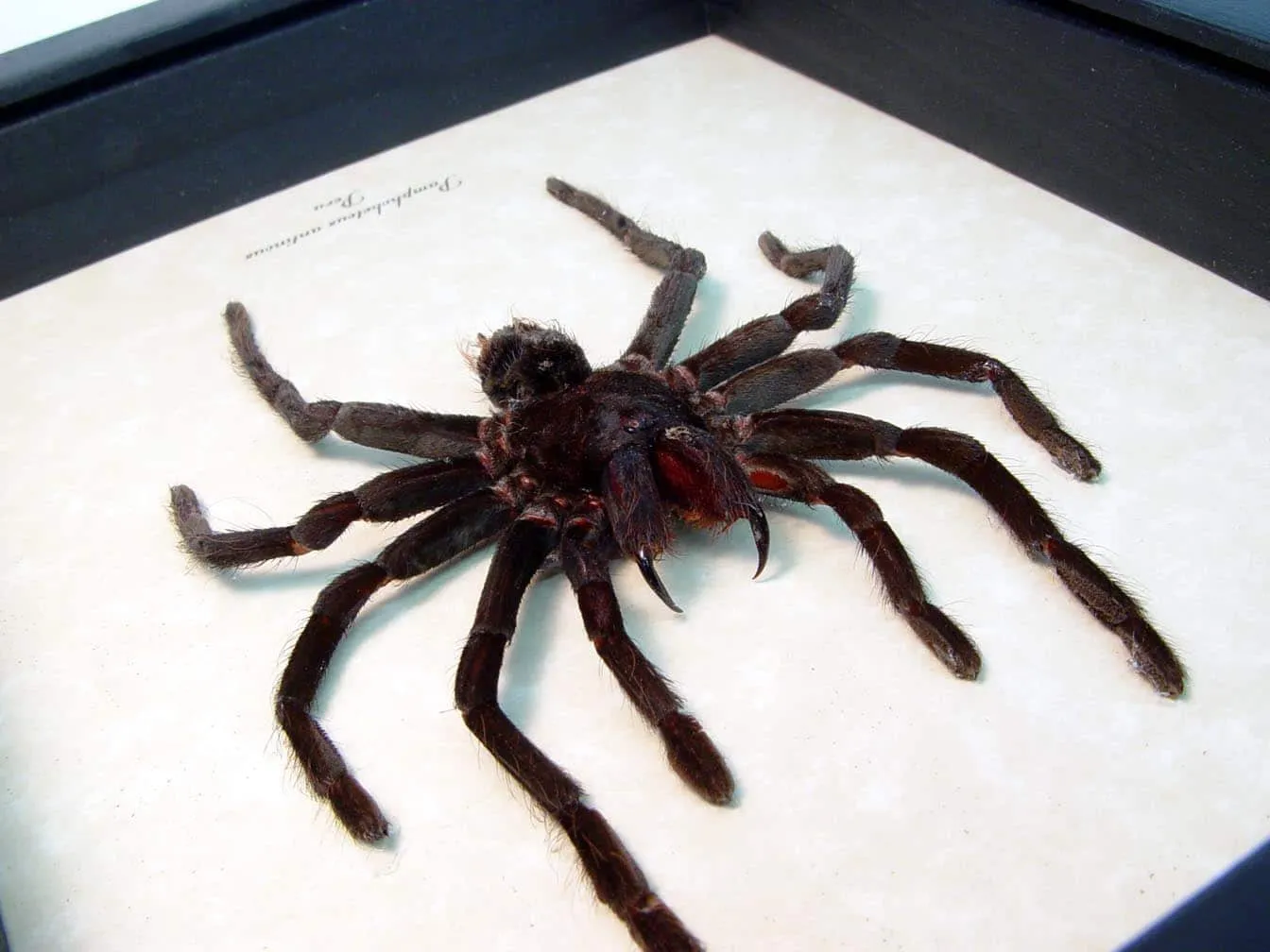
Crickets are primarily composed of protein, which is vital for the growth and maintenance of a tarantula’s muscles and tissues. They also contain a moderate amount of fat, which provides energy. Crickets also offer essential vitamins and minerals. Before feeding crickets to your tarantula, it is a good practice to gut-load them. This means feeding the crickets a nutritious diet, such as fruits, vegetables, and commercial cricket food, for a period of time before offering them to your tarantula. Gut-loading increases the nutritional value of the crickets, making them a healthier meal for your tarantula.
How to Feed Crickets to Your Tarantula
When feeding crickets, it’s best to offer one or two at a time, depending on the size and appetite of your tarantula. Remove any uneaten crickets within 24 hours to prevent them from stressing your tarantula or potentially harming it during molting. Feeding frequency depends on the tarantula’s age and species, with younger tarantulas needing more frequent meals than adults. Observing your tarantula’s behavior and body condition is key. If the abdomen is plump and healthy, the feeding schedule is likely appropriate. Also, always provide a shallow water dish filled with fresh water for your tarantula to stay hydrated. The water dish should be easily accessible but also safe to prevent accidental drowning. Feeding your tarantula appropriately ensures they are healthy and thrive.
Mealworms
Mealworms are another popular food choice for tarantulas, offering a convenient and easily stored food source. Mealworms are the larval stage of the darkling beetle and are readily available at pet stores. Mealworms can be a good supplement to a tarantula’s diet, although they are not as nutritionally complete as crickets. It’s essential to vary the diet to provide a wide array of nutrients. Mealworms are known to be higher in fat than other options. Although they are a good source of protein, they should be provided in moderation. Varying food sources will provide the tarantula with the necessary nutrients for a healthy life.
Benefits of Mealworms for Tarantulas
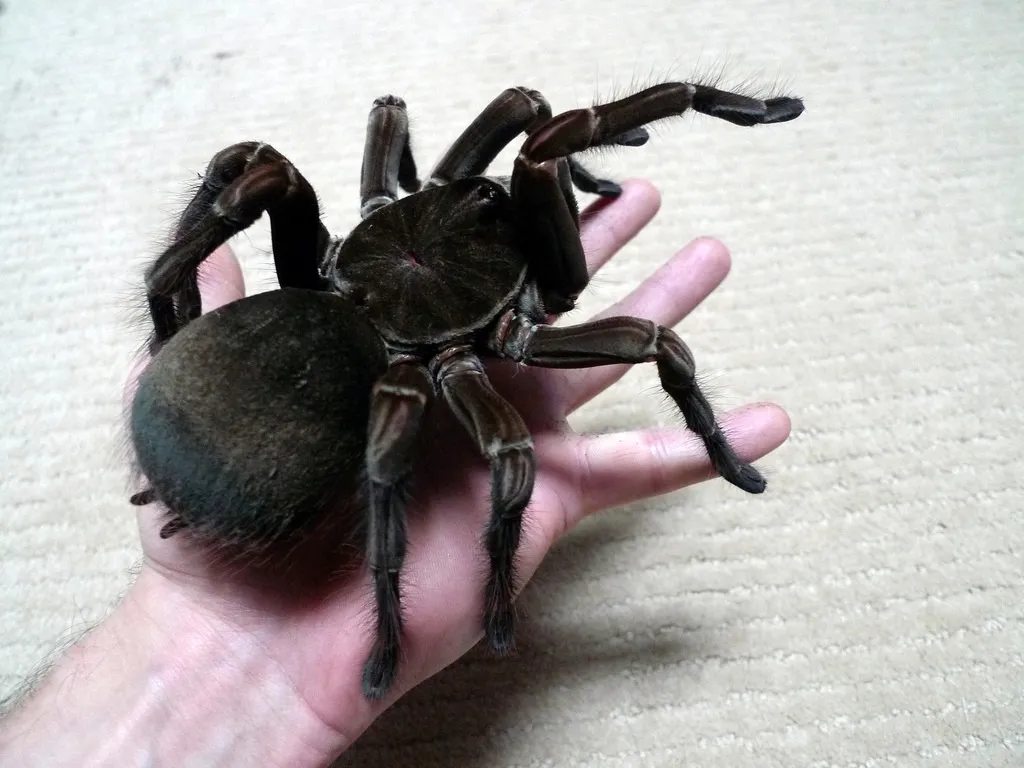
Mealworms provide a good source of protein and chitin, which can aid in a tarantula’s exoskeleton development. They are also easy to store and handle, making them a practical choice for tarantula keepers. The movement of mealworms can stimulate a tarantula’s hunting instincts, adding enrichment to its environment. The ease of handling mealworms is another benefit. They don’t require much in the way of care and can be stored in a refrigerator for a longer period. They provide a change of pace from the diet of crickets, helping the tarantula get a range of nutrients.
Mealworm Feeding Guidelines
Feed mealworms in moderation, as their high-fat content can lead to obesity if overfed. Offer a few mealworms at a time, removing any uneaten ones after a day. Consider gut-loading mealworms with nutritious foods before feeding them to your tarantula to boost their nutritional value. The size of the mealworms should correspond with the size of the tarantula. The size should be appropriate to the tarantula’s size and mouth structure. Gut-loading the mealworms can add nutritional value that benefits the tarantula.
Cockroaches
Cockroaches are a highly nutritious and beneficial food source for tarantulas. They are readily available in various sizes, making them suitable for tarantulas of different ages and sizes. Roaches offer a balanced nutritional profile, high in protein and other essential nutrients. They are an excellent choice to promote growth and health in your tarantula. Ensure the roaches are healthy and free of parasites before offering them as food to your tarantula. They are a good supplement to the diet of crickets and mealworms, offering a wider range of nutrients.
Cockroach Nutrition for Tarantulas
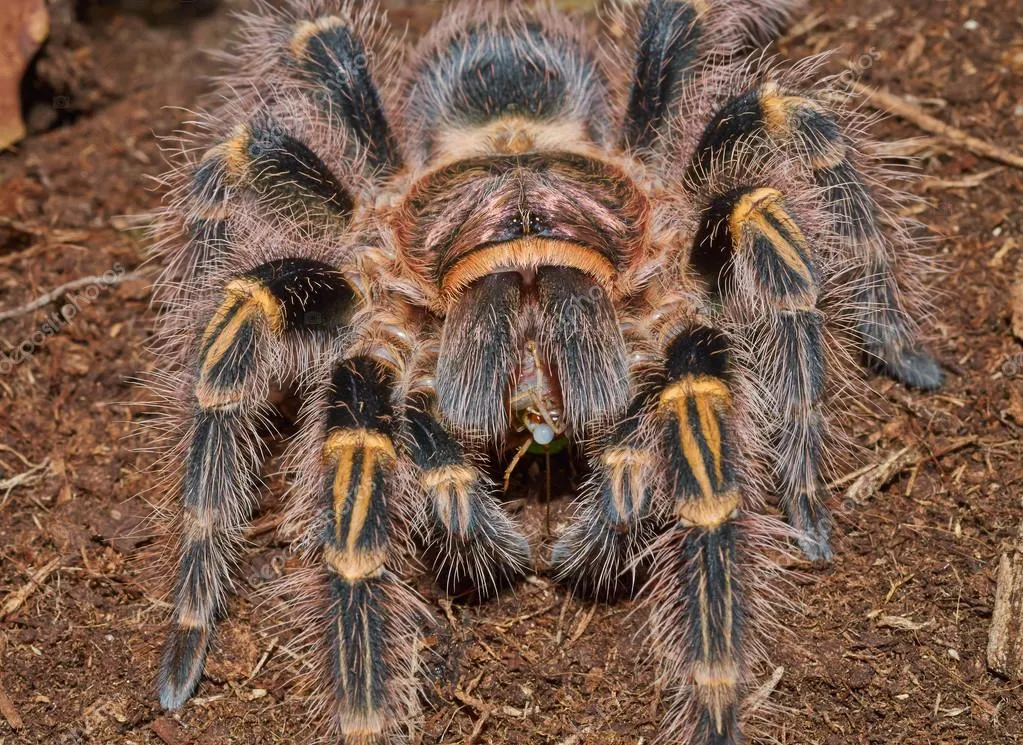
Cockroaches are packed with protein and other essential nutrients, including chitin, which is important for exoskeleton health. They are also relatively low in fat compared to mealworms. The nutritional composition of cockroaches can be further enhanced by gut-loading them before feeding them to your tarantula. This method of providing food ensures your tarantula receives the maximum nutritional benefits. Cockroaches, when gut-loaded, offer a variety of essential vitamins, minerals, and other beneficial nutrients that support a healthy and balanced diet for your tarantula.
Cockroach Feeding Tips for Tarantulas
Feed cockroaches to your tarantula based on its size and appetite. Start with one or two roaches at a time and adjust the quantity as needed. Remove any uneaten roaches within 24 hours to avoid stressing your tarantula. The size of the roach is also an important factor when considering feeding. Small, juvenile tarantulas should be provided with smaller roaches, which can be easier for them to manage and consume. In contrast, larger, adult tarantulas can consume larger roaches. Feeding roaches can be a rewarding way to keep your tarantula happy and healthy.
Small Mammals
While not a primary food source, small mammals, such as pinkie mice (newborn mice), can be offered to larger tarantulas as an occasional treat. Pinkie mice are high in protein and provide a different nutrient profile than insects. They are often used to boost the tarantula’s overall nutrition and are especially useful for larger species. Small mammals should not be the primary food, but they are a good addition to the tarantula’s diet in moderation. The occasional feeding of small mammals can provide additional nutrients that are not found in the more common insects. It is essential to balance their diet with insects.
Why Small Mammals Are a Treat
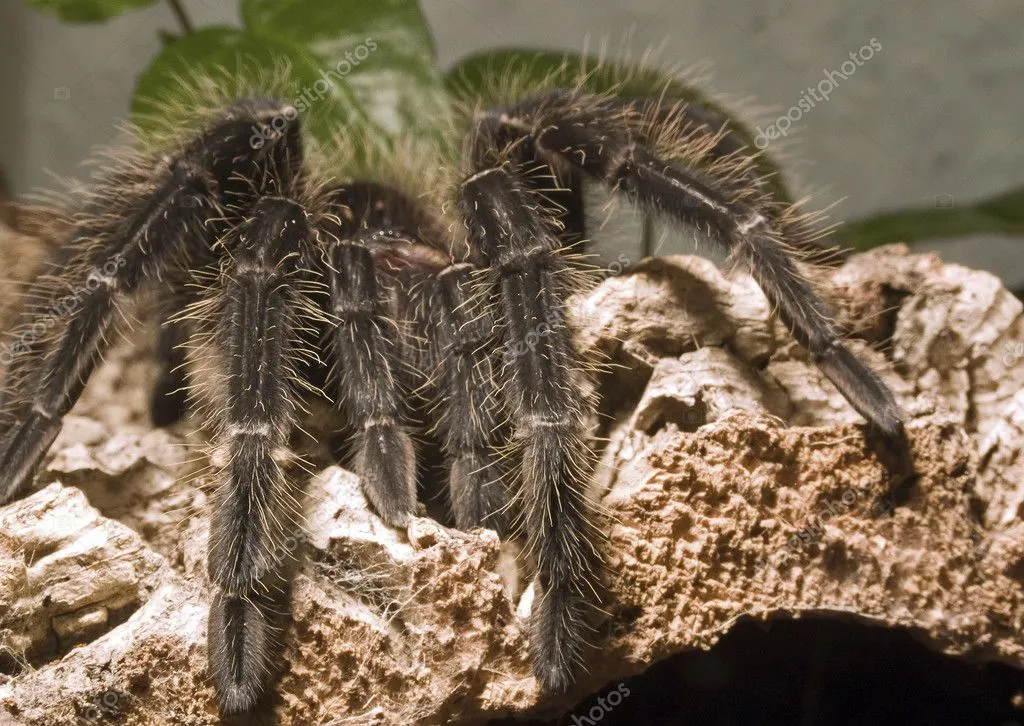
Small mammals provide a different set of nutrients than insects, including higher levels of certain fats and proteins. They can be particularly beneficial for tarantulas that need to gain weight or are preparing for breeding. The high caloric content of small mammals makes them an effective treat. They are often favored by tarantulas, providing a varied dietary experience. The occasional feeding of pinkie mice can boost the energy levels and vitality of your tarantula. This can be especially helpful during the molting process or periods of growth.
Feeding Mammals to Tarantulas Considerations
Offer small mammals sparingly, as they can lead to obesity if overfed. Ensure the pinkie mice are from a reputable source and are free of parasites or diseases. Always remove any uneaten parts after 24 hours to prevent bacterial growth. The frequency of feeding small mammals depends on the tarantula’s size and species. Provide a clean and sanitary environment for your tarantula’s enclosure. A healthy tarantula is one that is provided with proper nutrition and care. The size of the mammal should be appropriate to the size of the tarantula to ensure the animal does not experience issues with feeding.
Other Insects
Besides the core diet of crickets, mealworms, and cockroaches, tarantulas can eat a variety of other insects, adding diversity and nutrients to their diet. This variety can include locusts, grasshoppers, superworms, and other commercially available insects. Diversifying the diet of the tarantula can ensure that it gets a full range of essential nutrients. It is important to select insects that are safe and free from pesticides or parasites. Insects, when properly sourced, will enhance the tarantula’s life and add to its overall health. Each insect offers a slightly different nutritional profile. This is why varying the diet is important.
Variety in a Tarantula’s Diet
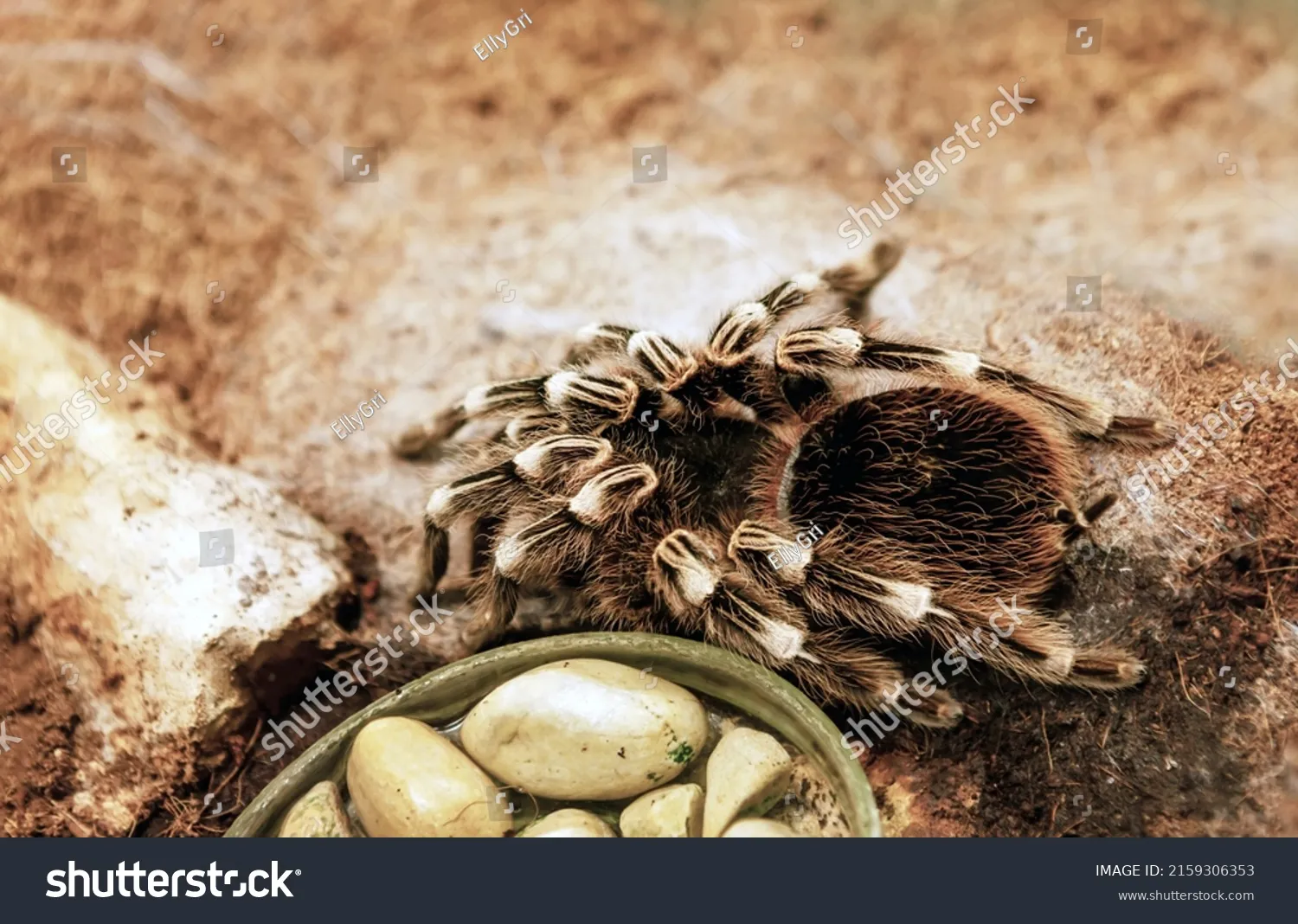
Offering a variety of insects ensures that your tarantula receives a wide range of nutrients, vitamins, and minerals. Different insects have different nutritional profiles. Varying the diet helps to prevent nutritional deficiencies. Variety also adds interest to the tarantula’s diet, stimulating its hunting instincts. It is important to ensure each of the insects added to the diet are healthy. Healthy insects will add to the health of the tarantula. The varied diet can help the tarantula’s overall health and longevity. Providing a range of insects is one of the key ways to keep a tarantula healthy and thriving.
Examples of Other Insects Tarantulas Eat
Some other insects that tarantulas can eat include locusts, grasshoppers, waxworms (in moderation due to high-fat content), and superworms. When introducing a new type of insect, do so gradually to observe your tarantula’s reaction. Always source insects from reputable suppliers to ensure they are pesticide-free and disease-free. The insects should be of a size that can be easily consumed by the tarantula. Offer a selection to allow for dietary variations and ensure the tarantula is receiving a well-rounded diet. Monitoring the diet of the tarantula helps prevent any type of issues. By observing your tarantula’s eating habits, you can adjust its diet and ensure it thrives.
Conclusion
Understanding the tarantula diet is essential for providing the best possible care for these fascinating creatures. By incorporating a variety of foods, including crickets, mealworms, cockroaches, small mammals (occasionally), and other insects, you can ensure that your tarantula receives all the nutrients it needs to thrive. Always prioritize the quality and safety of the food sources and observe your tarantula’s eating habits. Proper diet is a cornerstone of tarantula care, directly impacting their health, growth, and overall well-being. A well-fed tarantula is a happy and healthy tarantula, providing you with years of enjoyment as you watch these incredible creatures grow and thrive.
